Many people working in publicly funded organisations collaborate with a wide range of people with different expertise and interests. This can include decision makers, colleagues, delivery partners, expert advisers, stakeholders, and members of the public. Collaborators who come from very different starting points can find themselves wandering through a complex maze unless they have a clear beacon they can all navigate toward.
Contributors to publicly funded initiatives often work on many different things at once. They may lead work on some projects, dip in and out of others, and consult on specific questions about several more. It is difficult to quickly switch focus between projects and maintain a clear grasp of the purpose, audience, and process for each. Topics bleed into each other, and some baggage is inevitably carried between them.
This effect can be amplified when multiple contributors have similar pressures and competing demands for their attention. Distracted contributors can also underestimate how distracted everyone else is and rely too heavily on others to cover gaps. Similarly, requests for advice can be forwarded to other people without enough context to guide their contributions.
Without a clear grasp of the purpose, audience, and collaboration process, it can be difficult for people like experts and stakeholders to contribute in ways that are relevant and useful. This creates more work for everyone involved to produce, read, and respond to misdirected contributions or feedback.
If contributors do not understand what they’re working toward, then they can do too much of the wrong work by trying to share everything they think might be relevant. This can lead to people creating large amounts of unnecessary background information for a product that will become a one-page summary. Lack of focus also makes it harder to contribute quickly, because people need more time to decipher what is expected of them, and might still get it wrong.

Busy contributors need just enough information to explain, or prompt them to remember, what they’re working toward and why. Just three clues are enough to quickly focus their contributions without creating unnecessary work reading too much contextual information. The critical information is a brief description, ideally just one to two sentences long, of the purpose, audience, and process.
Being clear up front about these points has immediate advantages for creating a shared vision of the work, but also creates a beacon that everyone can continue to navigate toward over time. That brief description is short enough that it can travel with the work in future communications between collaborators, reconnecting them with the work each time they dip in and out.
People can spend more of their time making valuable contributions when they are clear up front about, and regularly reminded of, the purpose, audience, and process. This also makes it more likely that their contributions will enhance the final product or outcome, wasting less time and effort on contributions that are not relevant, doing or creating rework, or switching between topics or projects.
Making it easier and faster for contributors to give their best increases both the pace and the volume of work that the same group of people can produce. It is also much easier for contributors to prioritise work on projects when they are clear what is required from them. A shared beacon to guide collaboration makes it possible for diverse people coming from different places to work toward the same destination.
